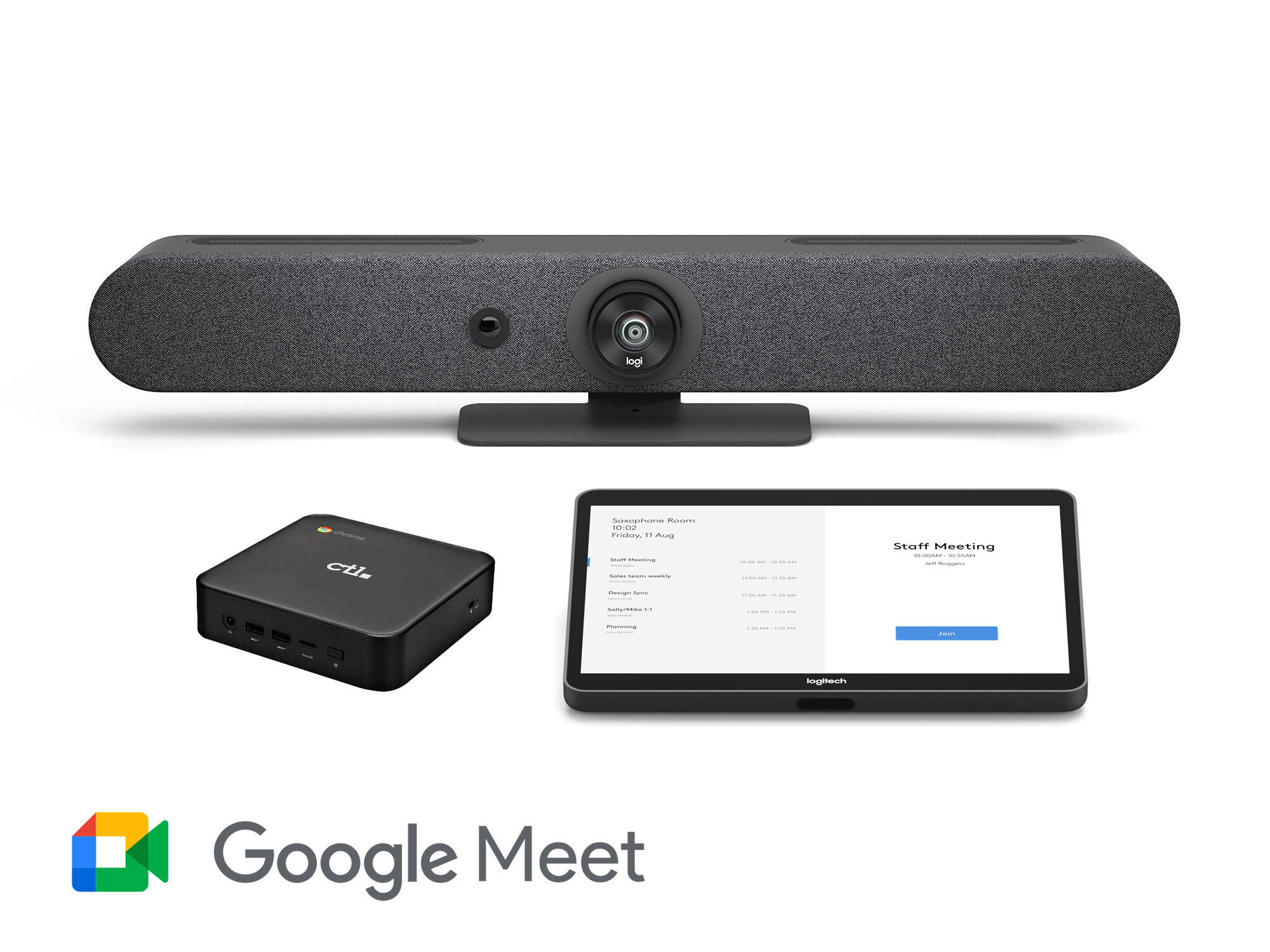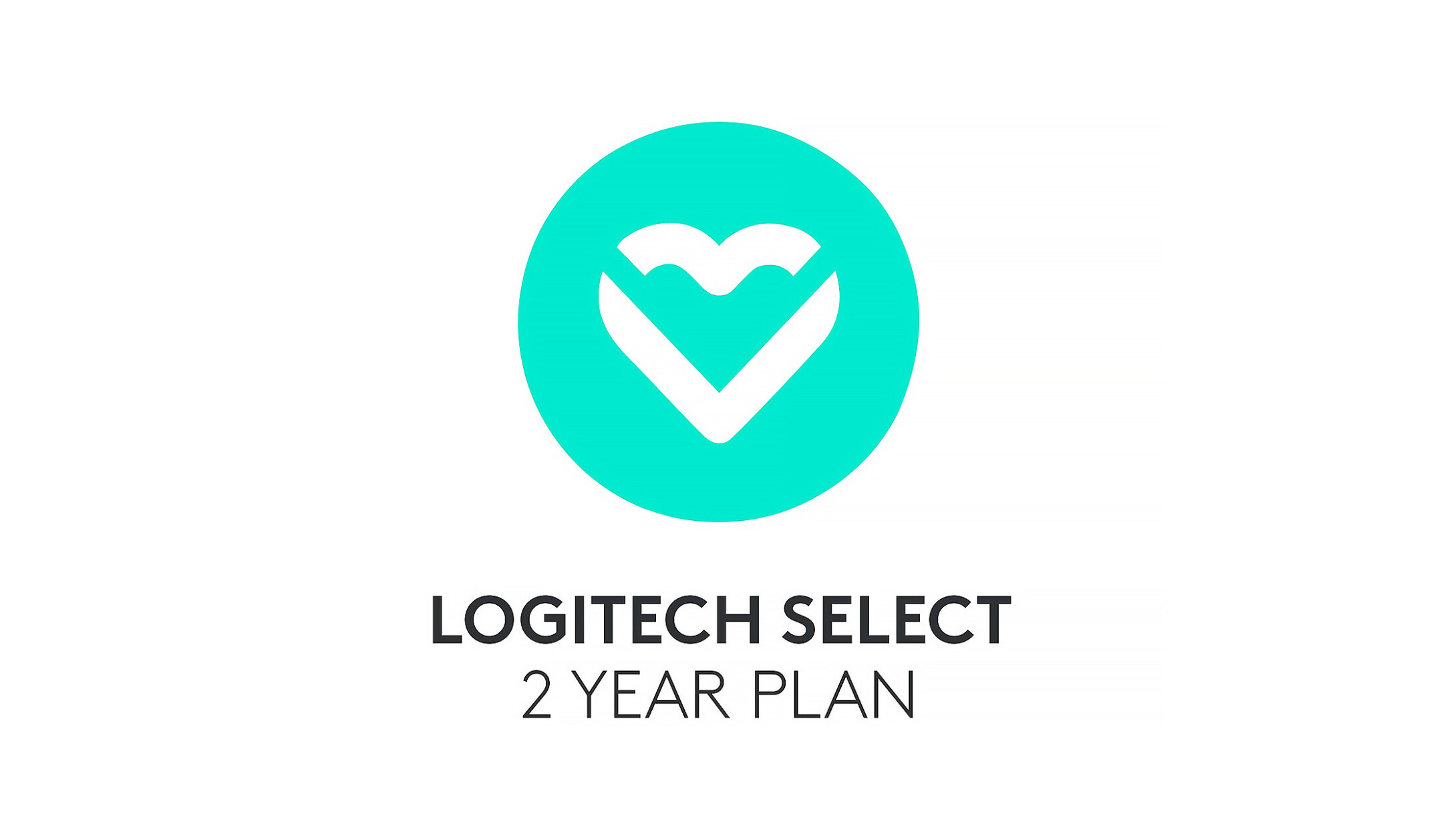



























£4,995.00*
- Application Medium Rooms
- Resolution 3840 x 2160 4K UHD
- Field of view 120°
- wireless technology WiFi


Frequently purchased together
Product information
This bundle consists of the Logitech Rally Bar Mini, Logitech Tap and a Chromebox.
RALLY BAR MINI
First ClassAll-in-one video bar for small rooms
USB mode
Connect via USB to virtually any PC or Mac via USB without the need for additional software is required.
Appliance mode
Run supported video conferencing applications - such as Zoom™, Microsoft Teams™ and others- directly on the device, without the need for a computer or laptop
Cable routing
Provide clean, reliable installations with minimal Wiring.
Mounting options
Rally Bar Mini can be mounted in a variety of ways, making it quick and easy for you to quick and easy deployment in all your small meeting rooms
EASY TO USE
Start your meeting with just one touch andMeeting with just one touch and seamlessly connect Rally Bar to your preconfigured room solutionYour pre-configured room solution.
LOOKS TRUE-TO-LIFE
Enable even better conferencing with crisp, clear andeven better conferences with crisp video in superb colours,with the entire room always in the picture.
Keep Concentrated
Rally Bar followsusing AI, human perception and motorised pan and tilt functionsand tilt functions, so that the camera captures the essential actions at all timesthe essential actions at all times.
TOLLER SOUND
Therally Bar Mini's advanced audio features deliver powerful,room-filling sound and ensure that every voice is heard clearly.
EXPAND THE SPEECH AREA
Also easily suited for smaller groups and rooms, startsuitable for smaller groups and rooms, starting with a range of4.57 metres and the option for up to two Rally extension mic pods (varies depending on theEnvironment).
SUPER SMART
The AI viewfinderoptimises the RightSight™ autoframing and camera control functions using sceneCamera control functions so that meeting participants always remain in focus
Technical data
| Name | Logitech Tap Room Solution with Rally Bar Mini for Google Meet - Medium Bundle - 3840 x 2160 4K UHD, 30 fps, 120° |
|---|---|
| Article number | 1000023826 |
| Manufacturer SKU | TAPRMGGGLCTL/EU/1 |
| Model name | Tap |
| variant | Medium Bundle |
| Brand | Logitech |
| Product Type | Video conferencing system |
| Product Series | Logitech Rally Series |
| Application | Medium Rooms |
| Resolution | 3840 x 2160 4K UHD |
| Diagonal | 10.1" |
| Frames per Second | 30 fps |
| Focus type | Manual & automatic focus |
| Digital Zoom | 4 |
| Optical Zoom | 4 |
| Camera resolution | 8.3 MP |
| Field of view | 120° |
| Inputs | 1x HDMI , 1x USB-C , 3x USB-A |
| Outputs | 2x HDMI |
| wireless technology | WiFi |
| Features | google_meet |
| Product width | 71.9 cm |
| Product height | 9.14 cm |
| Product depth | 10.1 cm |
| Weight | 1 kg |
| Colour | Black |
| Delivery contents | Google CTL Chromebox , Logitech Rally Bar Mini , Logitech Tap Cat 5e Touch-Controller |
| Condition | New |
| Warranty | 24 Month |
| Warranty type | Bringin service Service and support information |
Product safety
| Company |
|---|
| Logitech |
| EPFL - Quartier de l'Innovation, Daniel Borel Innovation Center |
| 1015 Lausanne |
| Switzerland |
| info@logitechg.de |








